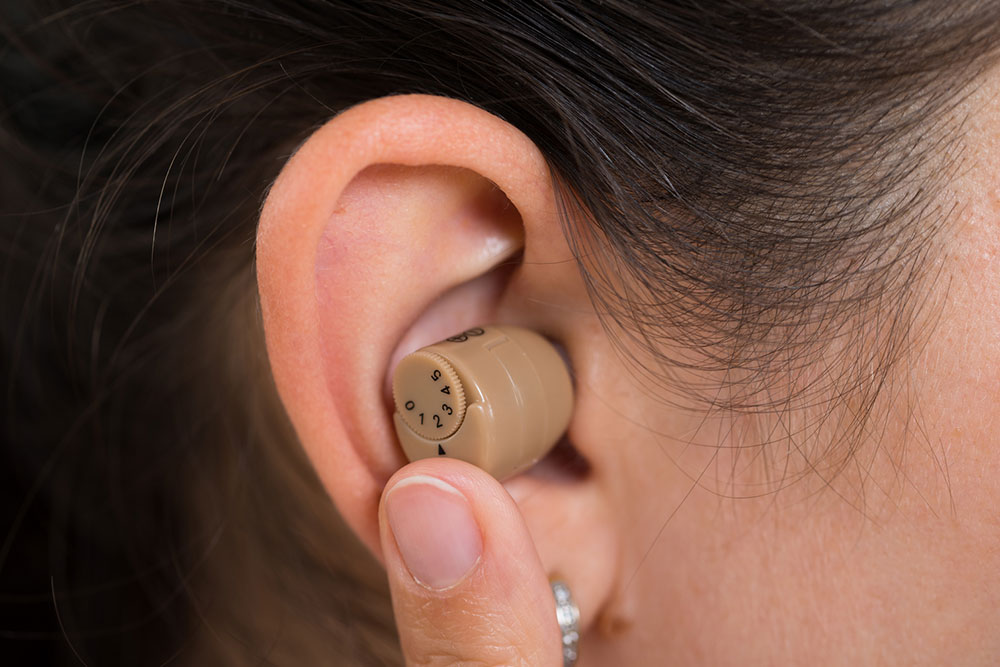Comprehensive Guide to Selecting the Right Hearing Aids: Strategies and Insights
Discover comprehensive strategies for choosing the ideal hearing aids. Learn about different types, essential features, and how to compare models effectively. This guide helps users make informed decisions to enhance their hearing experience and quality of life, covering factors like technology, cost, comfort, and connectivity. Whether you're considering digital, programmable, or analog options, find out how to select the best device tailored to your needs. Stay updated on the latest advancements and maximize your investment in hearing health with expert tips and insights.

Comprehensive Guide to Selecting the Right Hearing Aids: Strategies and Insights
Hearing aids serve as essential devices designed to help individuals with hearing difficulties regain their ability to perceive sounds effectively. These devices are vital not only for those born with hearing impairments but also for individuals experiencing progressive hearing loss or sudden hearing loss due to injury or illness. Understanding how hearing aids work and knowing how to compare different models can significantly enhance the quality of life for users by ensuring they choose the most suitable device for their specific needs.
Hearing loss occurs primarily due to damage or deterioration of the tiny hair cells or receptors within the ear that transmit sound signals to the brain. This damage can be caused by aging, exposure to loud noises, certain medical conditions, or injuries. Over time, technological advancements have revolutionized hearing aid design, leading to a wide array of models tailored to different levels of hearing loss, preferences, and budgets. The variety of brands and technological features available in today's market can be overwhelming, making informed decision-making essential for prospective users.
Understanding the types of hearing aids available is crucial for making an informed choice. The main categories include:
Digital hearing aids: These are the most advanced type, converting incoming sound waves into digital signals. They use sophisticated algorithms to provide clearer, more natural sound quality. Digital hearing aids often come with features such as dynamic noise reduction, feedback cancellation, and speech enhancement, making them highly effective in various listening environments.
Programmable hearing aids: These devices can be customized to meet specific hearing profiles. Many models enable users to adjust settings manually or automatically via smartphone apps. They are capable of adapting to different environments by switching between preset modes, ensuring optimal hearing whether you're in a quiet room, a crowded restaurant, or outdoors.
Analog hearing aids: Traditional analog devices amplify sound signals directly without converting them into digital form. Although they are generally less expensive, they lack advanced features like noise filtering and feedback management. As technology progressed, digital models have largely replaced analog ones due to their superior performance and versatility.
When comparing hearing aids, it’s important to consider several crucial factors. The first is feature set: deciding which technological features are necessary based on individual hearing needs and environment. For instance, if you frequently find yourself in noisy settings, models with advanced noise suppression and directional microphone capabilities may be beneficial. The second consideration is affordability. Hearing aids can vary significantly in price, and understanding the cost-benefit ratio of various models can help you make a wise investment. Other considerations include battery life, comfort, size, connectivity options (like Bluetooth compatibility for smartphones and other devices), and warranty or after-sales support. Consulting with audiologists or hearing specialists can provide personalized guidance to ensure you select the most suitable device.
In conclusion, choosing the right hearing aid involves careful evaluation of multiple factors including technology type, features, costs, and personal preferences. Staying informed about the latest advancements and understanding the differences between digital, programmable, and analog models can empower users to make the best decision for their hearing health. Making a well-informed choice enhances the effectiveness of the device, thereby improving communication, social engagement, and overall quality of life for those with hearing loss. Remember, investing in a high-quality hearing aid is not just about sound amplification; it’s about regaining confidence and reconnecting with the world around you.





